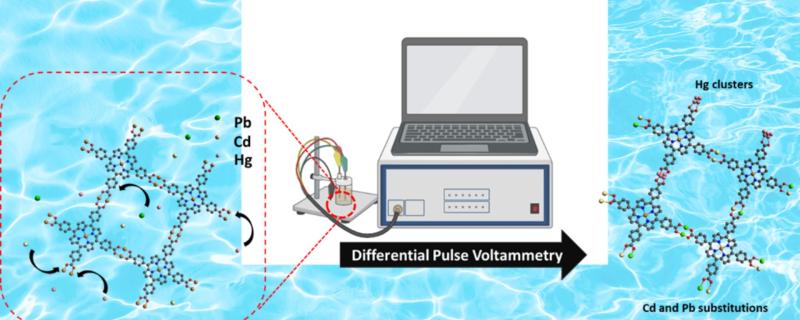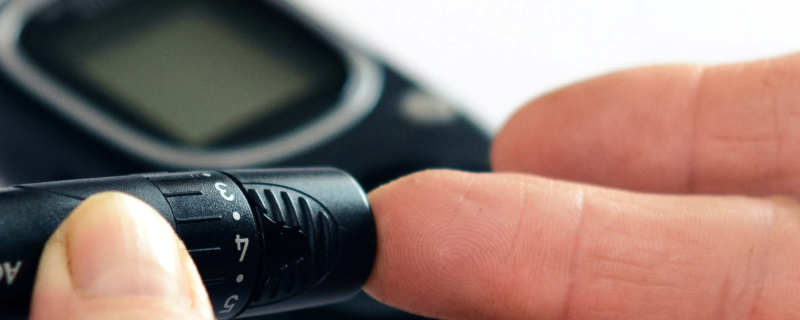The low-cost sensor made of a copper-based metal-organic framework performs as well as DNA based sensor, the gold standard for water quality sensors.
New research reveals that cultural tolerance and political pressure, rather than just biological science, dictate the life or death of tigers in India and wolves in Germany.
Dehradun/


